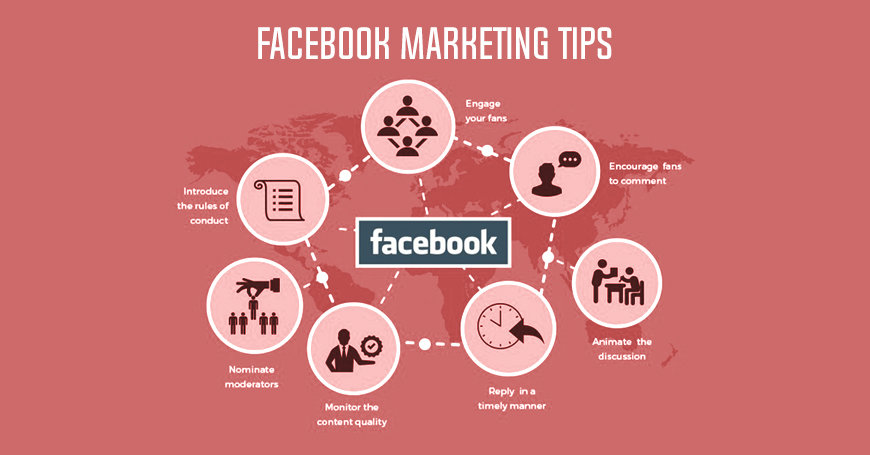When a company’s website is powered by a content management system, expanding into new markets is a breeze. Custom content management system development caters to the needs of a company and allows for the building of robust, search engine optimized websites. Using CMS web designing, you may manage and update your entire site without the need for a web developer.
The processes involved in establishing a CMS website that is both user-friendly and functional for visitors should be carefully considered.
Technical Requirements for a Content Management System
Before beginning to build the CMS website, it is important to determine the actual requirements. Does your website’s structure rest on a solid content management system? Using a CMS development service is a given.
When deciding where to look for the required features, it is essential to keep the organization’s goals in mind. Gather your team and set aside sufficient time to carefully examine the current site, assess its capabilities, and create the features and functions necessary for a content management system (CMS) website.
Regulation of Entry
Privacy and security on a website are must-have features. Therefore, the CMS website should provide for user management and authorization via the usage of restricted access. Any user who wants to make changes or perform upgrades to the system must first receive approval from the administrator. This assures the administrator has full control over the content management system (CMS) website design, as all privileges must be approved by him.
The practicality of the system
When looking for a content management system, simplicity of use should be your first priority. The fact that the website will not be managed by a single individual presents the greatest challenge to enterprises. In light of this, it is essential that the content management system be user- and team-friendly.
Facilitate the creation, modification, and updating of content on the website. Finally, the solutions provided by CMS development companies should be able to fulfill the following conditions:
- Make it possible for non-technical individuals to edit the website’s content.
- To the average person, it should seem intuitive.
Connectivity to external systems
Do you have a newsletter signup, a contact form, and an events calendar on your website? If your marketing software supports the addition of third-party applications to your marketing strategy, you may want to think about incorporating them into your new CMS website design.
Developers of content management systems commonly do this by establishing a link between the CMS and the external system, allowing the two to exchange data.
It’s simple to modify the content.
While a complex design for your website is fine, the content management system should be straightforward. An easy way for users to edit and manage their own content is to provide them with a straightforward administration interface, which should be built into your back-end system.
Take a look at the plugins and the roles they play.
When a company specializing in content management system creation uses WordPress or another open-source platform to build websites, it paves the way for a proliferation of useful add-ons. Whatever your needs may be, they can be met by a plugin.
Plugins are great for adding new features to your site, but they also have the potential to slow it down and compromise its security. Make sure you know what features the plugin already has and what features you should avoid before deciding to install it.
Scalability
Pick a content management system that can grow with your company. User management is essential when a large team consists of individuals with a wide range of skill sets. As the scale of websites grows, they may also get more complex. Thus, it is important to think about the company’s long-term goals when developing a CMS.
Researching the CMS development process and the advantages it will provide is essential before launching a content management system (CMS) website. Think about how your consumers’ needs will grow, how secure your solution has to be, and how much personalization they want before making a decision.


